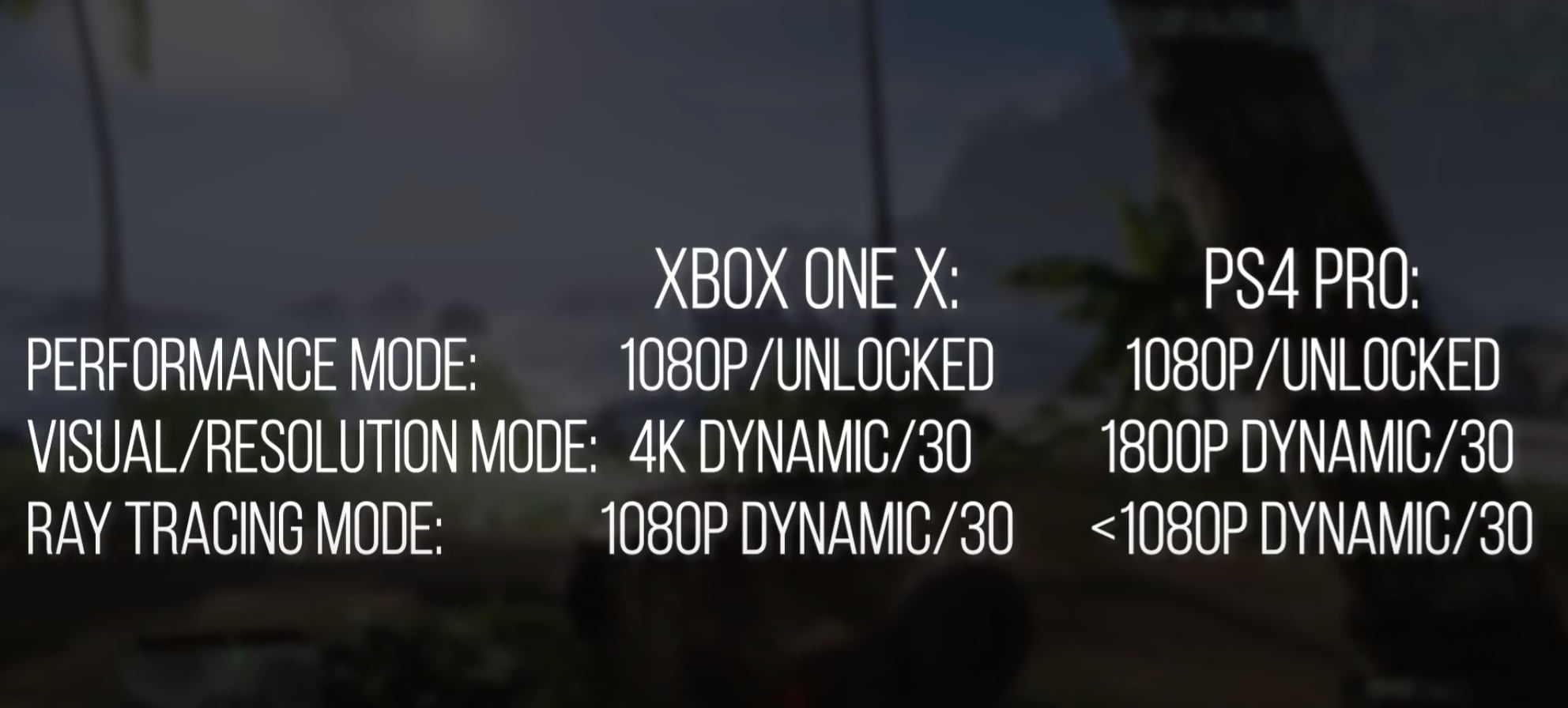Crysis Remastered will have ray tracing on Xbox One X and PS4 Pro. CryTek confirmed that Crysis Remastered is going to mark an important leap on a technical level. One of the most important advances would be ray tracing, a technology that, as we know, allows to recreate realistic effects of lighting, shadows and reflections.
The graphic quality that ray tracing can achieve is simply impressive, but in return we have to face a significant cost in terms of performance, a reality that has not prevented CryTek from bringing ray tracing to the edition of Crysis Remastered for Xbox One X and PS4 Pro.
Crysis Remastered version for both consoles will have ray tracing. I’m sure most of our readers are wondering how this is possible, and the answer is not complicated: through a software implementation. This is perfectly understandable, since neither of those two consoles has hardware dedicated to ray tracing acceleration, but we must also remember that we are talking about a remastering of a game that hit the market in 2007, and its customer base is much less demanding than any current triple-A game.
Crysis Remastered with Ray Tracing: 1080p and 30 FPS on Xbox One X
It is clear that the impact of ray tracing implemented by software is enormous, so both consoles have to reduce the resolution for PS4 (less than 1080p resolution and 30 FPS on PS4 Pro for example) and Xbox One in order to move Crysis Remastered with acceptable fluency.
CryTek has confirmed that the player will be able to choose between three graphics settings on Xbox One X and PS4 Pro:
- Performance mode : 1080p resolution and unlocked FPS rate on both consoles.
- Quality mode: 4K dynamic resolution and 30 FPS on Xbox One X, 1800p dynamic resolution and 30 FPS on PS4 Pro.
- Ray-traced mode: dynamic resolution 1080p and 30 FPS on Xbox One X, dynamic resolution less than 1080p and 30 FPS on PS4 Pro.
The key technology behind ray tracing in Crysis Remastered for Xbox One X and PS4 Pro is known as “Sparse Voxel Octree Global Illumination” (SVOGI). It is not something new, in fact the Unreal Engine 4 already raised this type of technology to generate realistic effects of lighting, shadows and reflections.

Fortunately, CryTek’s implementation in the CryEngine is highly scalable and together with the lower technical demands of making a 2007 game remaster, has allowed ray tracing to be brought to the current generation of consoles. As we said, the ray tracing in Crysis Remastered for Xbox One X and PS4 Pro is integrated via software, using voxels (cubic units) instead of triangles.
- AMD will introduce Zen 3 on October 8, and RDNA 2 on October 28
- Xbox Series X will be launched on November 10
- PS5 will only be compatible with PS4 games: Ubisoft confirms
This system based on voxels is used as the first step applied to global stage lighting, the second step is to generate the ray tracing applied to reflections through a ray-triangle based system similar to the one used in PC. The result is good when you consider it is a software supported project.
The ray tracing applied to reflections that we see in Crysis Remastered for both consoles is applied in a very limited way:
- It only affects items close to the player, and they affect a certain number of items (no more than a certain amount of reflections can be displayed at the same time).
- We will not see ourselves reflected, and neither will our colleagues, nor the weapons, only the environment that surrounds us and the stage will be reflected.
- The ray tracing rendering is done at 540p, although it is reconstructed by stitching two frames together at 540p to get to 1080p. This is known as “interlaced” ray tracing.
In short, ray tracing is perfectly viable in software mode if we make significant sacrifices. You can be clear that these sacrifices will extend to the next generation consoles, and that there is still a long way to go before we get to see a next generation game with a ray tracing at the level of Quake 2 RTX.
Crysis Remastered for Xbox One X and PS4 Pro will have ray tracing technology but the PC version won’t have to face any limitations, thanks to the hardware ray tracing acceleration that comes with the RTX 20 series and RTX 30 series graphics cards, as well as the future RX 6000 from AMD.





